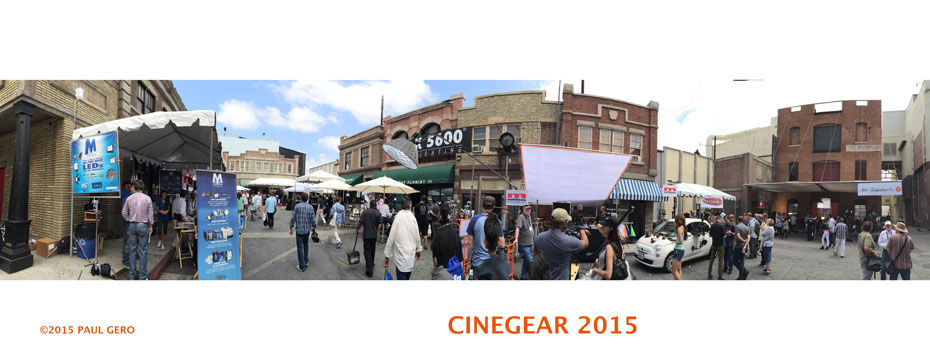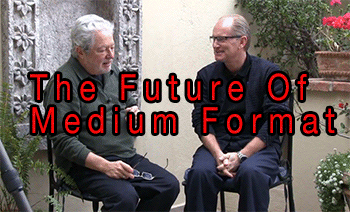
Tonalization
Tonalization is a term coined by Dr. Shin’ichi Suzuki, the founder and namesake of the Suzuki Method of Violin instruction, and is defined as the student’s ability to produce and recognize a beautiful, ringing tone quality on their instrument. Tonalization can be used also for other musical and technical goals, but it is in hybrid storytelling where I am going to borrow it to coin a new video editing term. As with music, video stories combine many different “notes” together, hopefully working in harmony to enhance the feeling of the overall piece. One “note” is the light; another “note” the color pallet built in the color grading stages; another the perceived sharpness, contrast, brightness, etc. Each of these “notes” taken together add up to the overall “tone” in the final production.
To achieve this end goal of a “Tonalized” final production, I use a specific set of steps in my hybrid workflow. First is the capture. I use an early Sony NEX-7 test clip for this demonstration. It’s nothing special, and in fact it did not make the final cut because the exposure is too dark and the manual focus erratic. It was recorded as an AVCHD @1080P/24 FPS.
As with all things video, the closer you get to perfect exposure in camera, the better options you have in post processing. I created this clip just after I received my NEX-7 to work out proper exposure & sharpness settings. I was trying a manual rack-focus also, so please forgive this crude attempt. I want to illustrate the concept of how a process of tonalization can enhance even a rejected problem clip, and help prepare it to survive upload to YouTube and Vimeo.
To illustrate each stage of my process workflow and how the overall clip looks as I work it up at each step, I have done a single frame capture in the same approximate location for ease of evaluation of the overall “Tone.” These are unaltered frame captures from Final Cut Pro X, save for reducing the size to post here. Note the colors shown in these stills are accurate, as is the brightness. Here they are in order:

Sony NEX-7. As Shot, No Adjustments.
The inherent problems with this clip are quite apparent. In this next image, I let Final Cut Pro X do its analyzation thing and it came up with this:

Sony NEX-7. Auto Analyze & Color Correction By Final Cut Pro X.
Final Cut Pro did improve the clip, but it also took the color too far to the red range resulting in this pink cast. Next I took the FCP adjustment off, and in its place added a real global color correction using Red Giant’s Magic Bullet Looks. This is what MBL produced:

Sony NEX-7. With Color Grading In Magic Bullet Looks.
The color and overall brightness are far better than the original from the NEX-7 and the best automatic color correction Final Cut Pro X could produce. But the clip still lacks clarity and punch. It’s usable at this point, but I wanted to take it further. The final step in my workflow is the last Tonalization step using Tonalizer/VFX to provide the final polish.

Sony NEX-7. With Color Grading In Magic Bullet Looks & Final Polish Using Tonalizer/VFX
PLEASE RATE THIS STORY! [ratings]








Uwe Steinmueller
Post a Tonalizer version only.